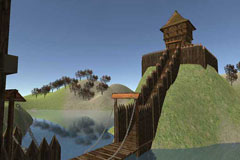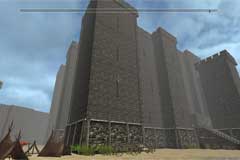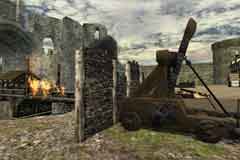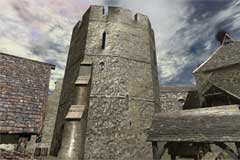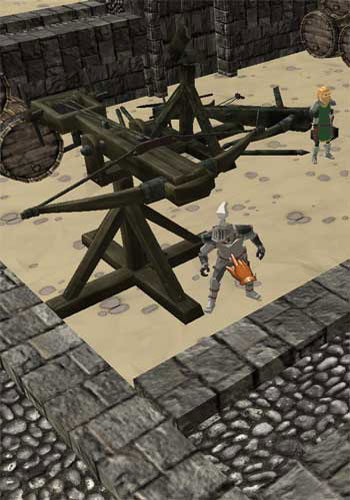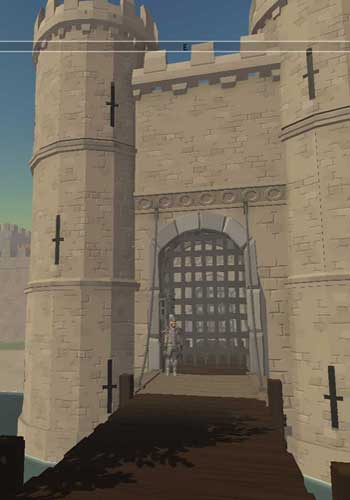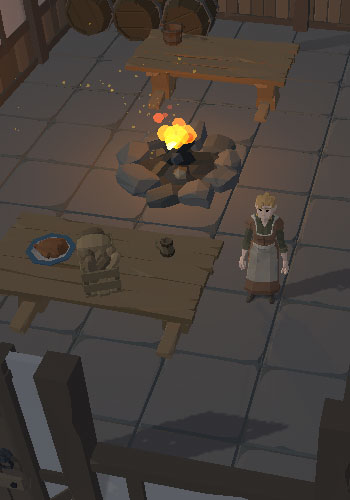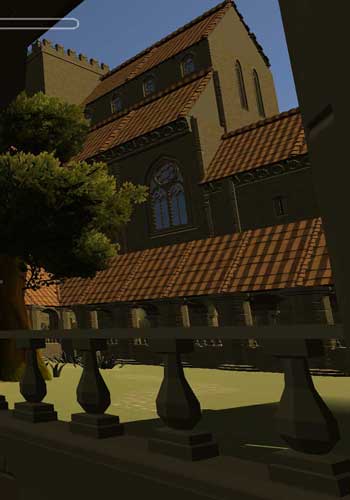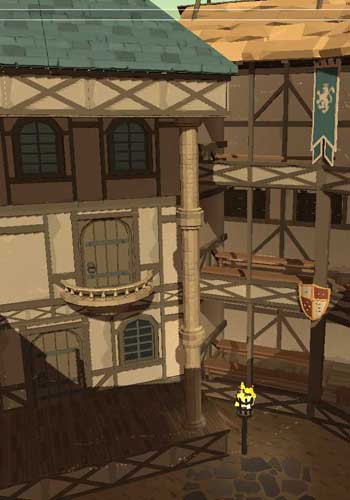
Medieval People
Click to view medieval people

Medieval People
Click to view medieval people

Medieval People
Click to view medieval people
Current Filter: Religion
A
Abbess: (f.) Person in charge of an Abbey
Abbey: A monastic community. Abbeys belonged to particular orders, such as the Cistercians (More...)
Abbot: (m.) Person in charge of an Abbey
Aisle: The passages to each side of the nave, separated from the nave by screens or columns
Alien Priory: A priory that was directly dependant on a foreign mother house, usually in France. Disbanded in 1414 due to the security risk they posed.
Almery: or Ambry or Aumbry. A box or cupboard for alms, or a cupboard in the chancel for sacred vessels
Almonry: The office of the Almoner where alms were distributed
Almoner: Monk in charge of a monastery's almsgiving and other charitable work
Ambulatory: The processional aisle around the apse at the east end of a church
Antipope: Someone elected in opposition to the current Pope. Not recognised by the Vatican City.
Apse: A semicircular projection usually found at the east end of a church
Atrium: Covered row of columns in front of the door of a church
Aumbry: A recess or cupboard used usually for sacred objects
B
Baptistry: Area of the church reserved for the administration of the sacrament of baptism.
Barrow: Burial mound built over stone graves
Bay: A compartment into which a building is divided. Bays are marked by buttresses, pilasters in the walls, by the position of the main ribs of the vaulting of the interior, etc.
Benedictine: Order of monks founded by St. Benedict. Followed the Benedictine Rule
Bull: Authoritative papal letter sealed with the Pope's lead seal
C
Calefactory: Warming house in a monastery
Canons: The chapter members. The people running the cathedral
Cathedral: The principal church of a diocese where the bishop has the throne
Cell: A monastic dependency of a religious house
Chamber: A room on an upper floor for living and sleeping
Chamberlain: Officer of the royal household responsible for running the household affairs
Chancel: The east end of the church, sometimes divided into the sanctuary and presbytery. Anglo-Saxon and early Norman chancels were normally apsed and later chancels were square
Chapter: The group of canons, with the Dean, who are the governing body of a cathedral
Chapter House: The building where the canons and Dean met each day to hear a chapter of St Benedict's Rule read out and to conduct the business of the abbey
Chevet: East end of a church with an apse surrounded by other smaller ones
Choir: The area of the church where the choristers and clergy sit
Cistercians: Order of monks, also know as the White Monks
Clearstory: The upper story or row of windows lighting the nave of the church
Cloister: The rectangular covered area around an open space (garth) of a monastery or cathedral surrounded by covered walkways used for study and meditation. A photograph of the cloister at Lincoln Cathedral
Conversi: Also known as Lay Brothers. They perform manual tasks within an abbey or monastery rather than religious duties.
Crossing: The point at which the roofs of the four cross-arms of the church met. Below the crossing is the choir
Cruciform: Cross-shaped. A church with transepts has a cruciform plan
Crypt: Vault or chamber under the church
The TimeRef Shield Editor
